Moving House With A Dog: Tips & Tricks
September 18, 2018
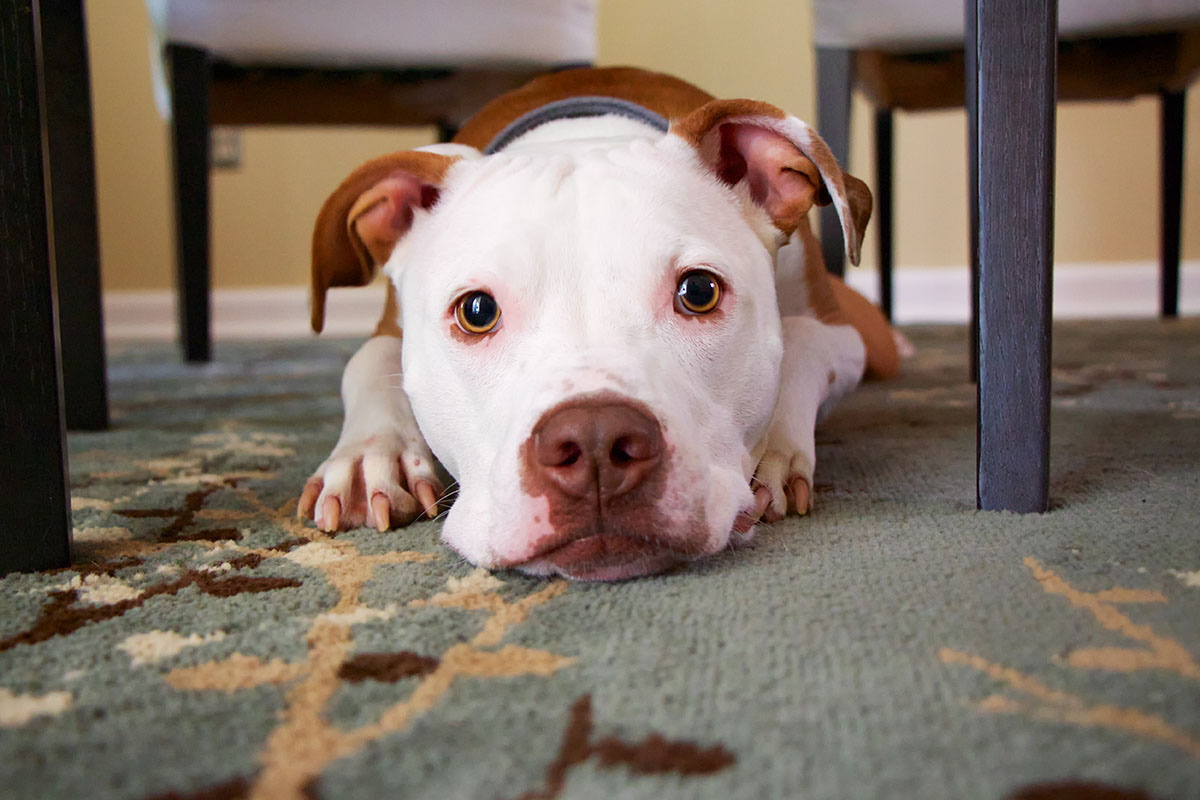
September 18, 2018

Dogs and a house move are rarely compatible. At best, your dog could decide to make friends with your removers and get under everyone’s feet, while at worst they could try to run away!
With unfamiliar people, smells and loud noises when moving and an unfamiliar space when arriving in your new home, planning ahead is essential to avoiding a stressful experience for your four-legged friend.
Luckily, there are plenty of ways to ensure that your dog will get through the move unscathed and will be adjusted to your new home in no time at all!
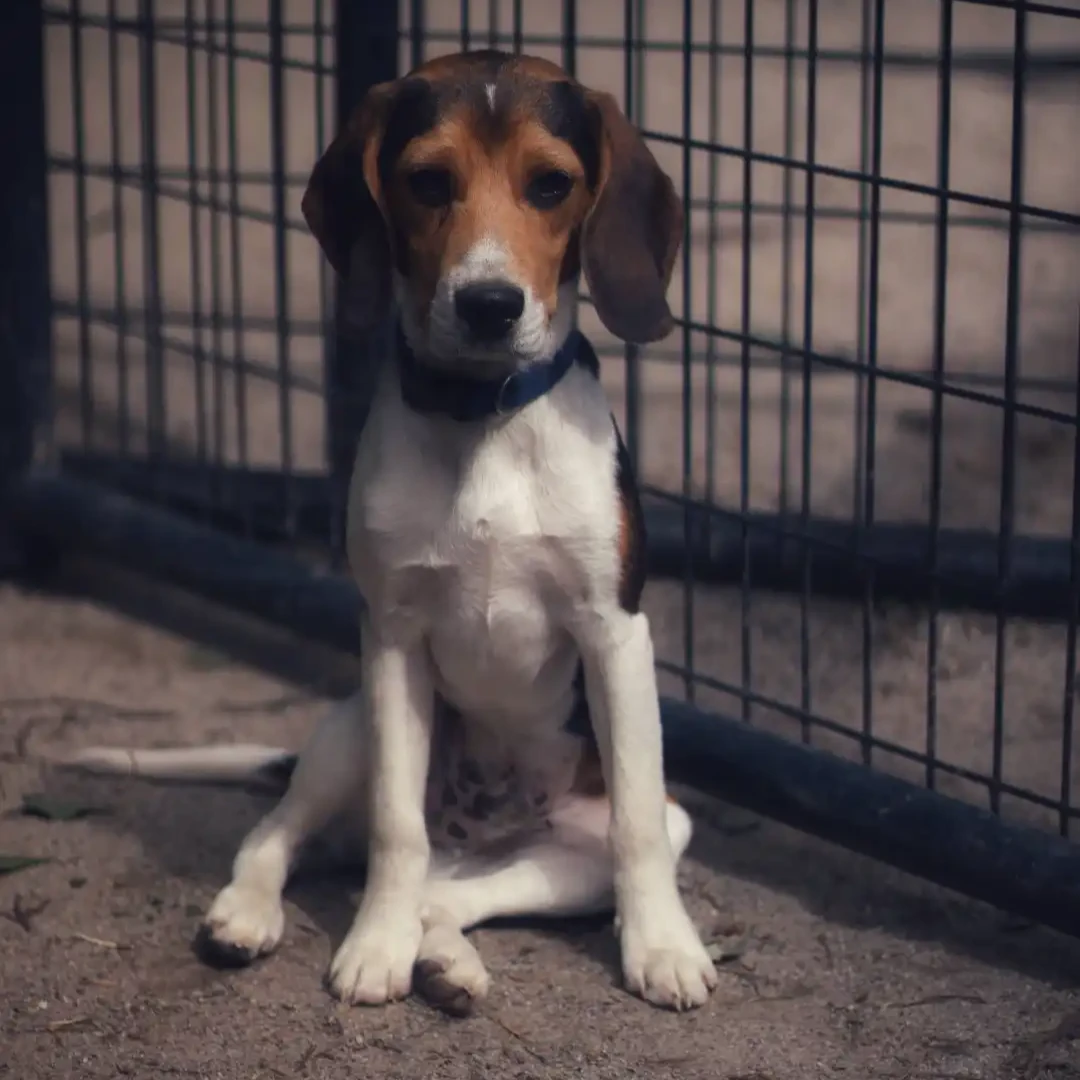
If your dog is likely to get stressed on moving day, a boarding kennel may be a suitable option for them. Not only will it keep them out of harm’s way for a few days, but it will allow you to get everything ready for them at your new home. As with most kennels, you will need to ensure that your dog’s vaccinations are up to date. You will also have to book in advance.
If you’re not lucky enough to know of a recommended location nearby, simply search ‘dog kennels near me’. For more hands-on care, ‘dog sitters near me’. Make sure to check reviews!
Alternatively, you can always ask a friend or family member to look after your dog for you. Having a familiar person look after them will reduce stress and make the process easier for all.
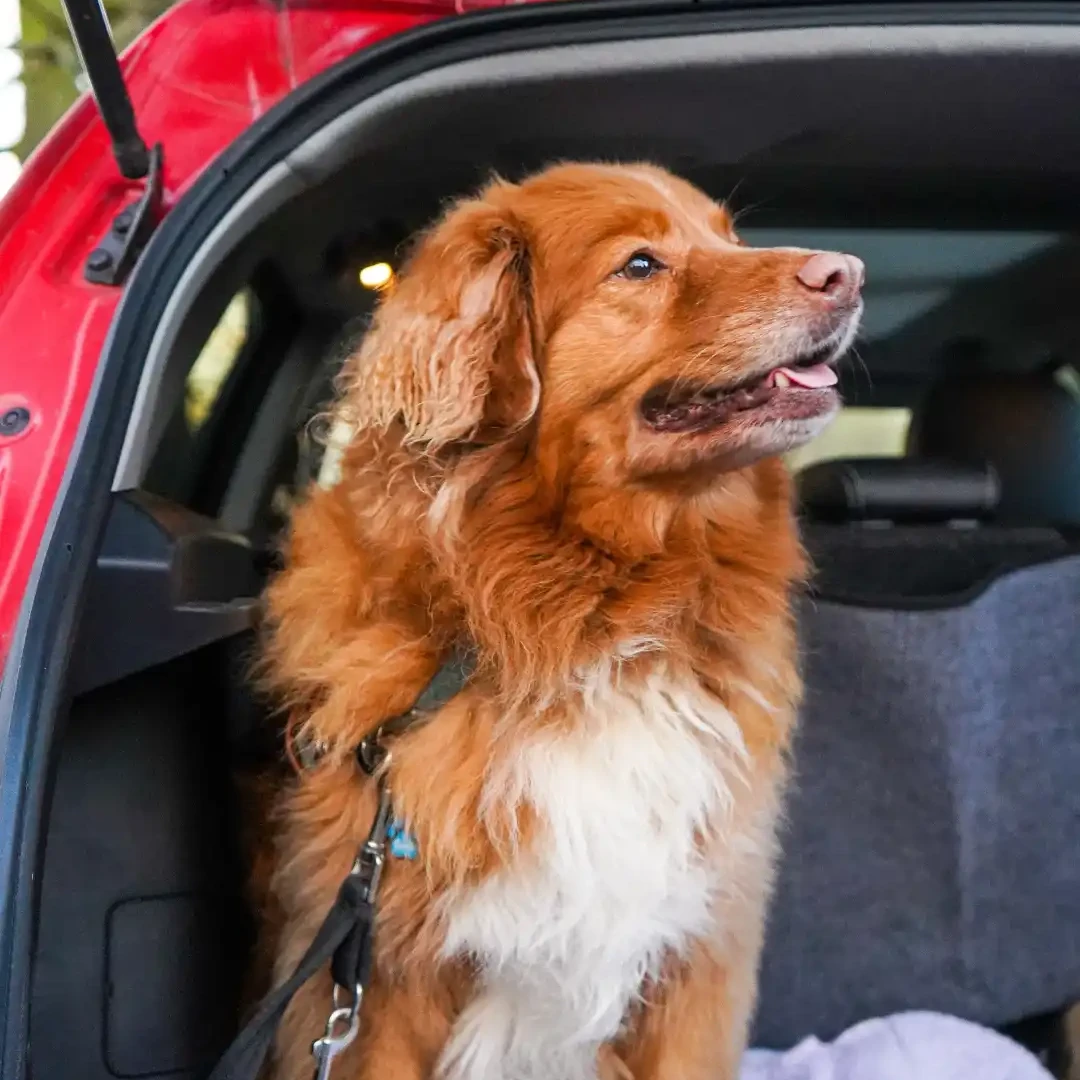
Whilst taking your dog with you for the trip is a good idea, it does require planning to ensure it is as stress-free as possible.
For dogs who are unfamiliar with travelling in the car, you will want to invest in a secure travelling crate. Said crate will protect your dog, so must be well-researched and purpose built. Make sure it is secured down, and if you have a passenger travelling with you, place it next to them to ensure a calmer journey. Alternatively, you could invest in a special harness for your dog (do NOT simply use a seat belt) and allow them to travel without the use of a crate.
During the journey you will also want to make sure that the car is well ventilated, especially if you are moving on a hot day. It should also go without saying that you must never leave your dog inside a hot car, or they could become seriously ill.
If you are making a long trip, stops are essential. They offer you a chance to offer your dog water and bathroom time. This is of course if you have opted not to sedate them for the journey. Something that should only be done with veterinary advice.
Finally, be sure to feed your dog WELL in advance of starting the journey. I’m sure we don’t have to tell you why!
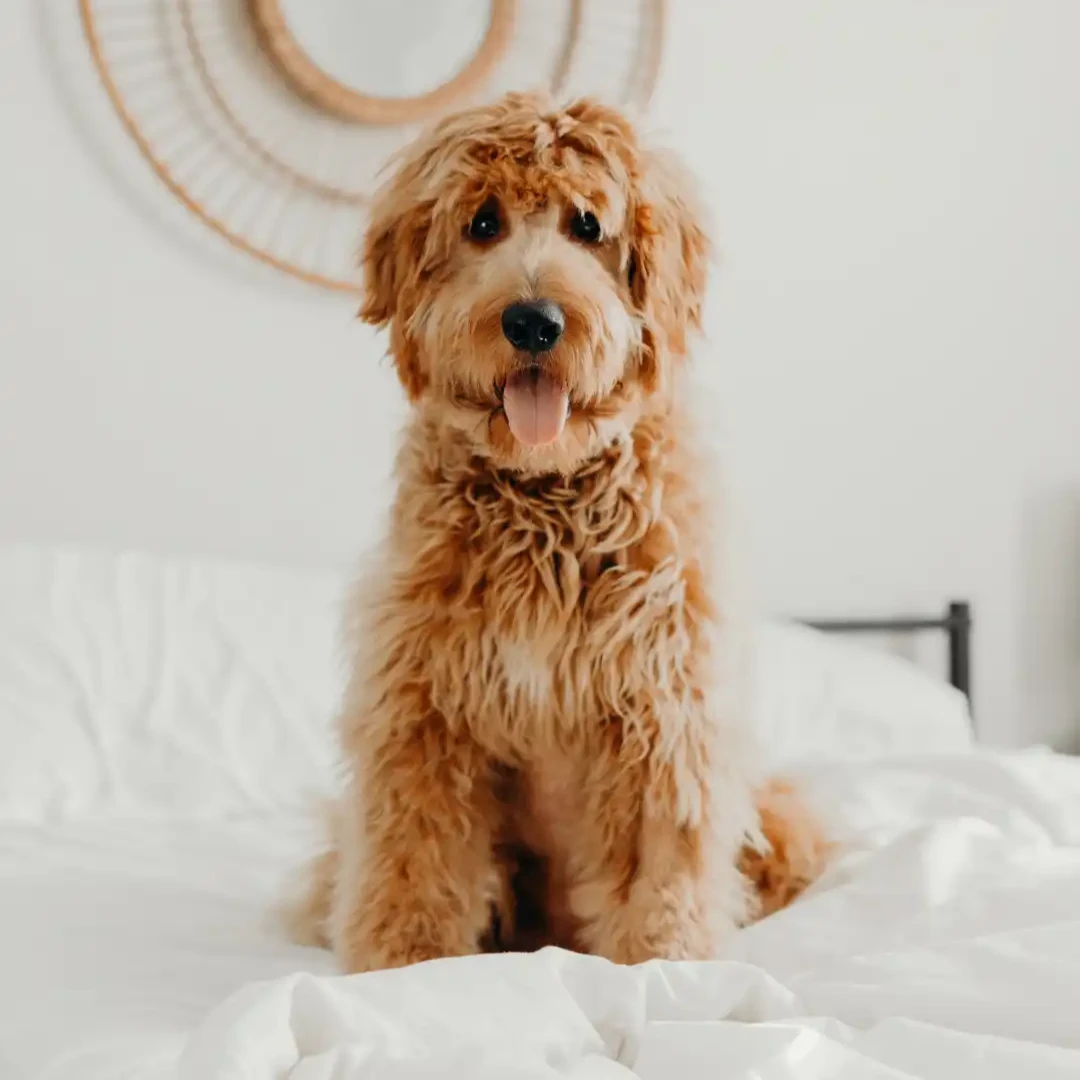
If you are planning on keeping your dog with you on the moving day itself, it’s vital that they be out of everybody’s way. A good way to do this is to set up a ‘safe space’ for them. A closed room where the dog settles whilst you take care of everything else.
Ensure the room is full of your dog’s toys, bed, bowls and blankets. Also, place something in there that has your scent on it, a jumper or t-shirt, to help them feel more secure. Close all windows and doors and place a sign on the door to ensure removers do not accidentally let the dog out.
You can also utilise this trick when you move into your new home. Provide a base camp for your dog before you gradually introduce them to their new surroundings.
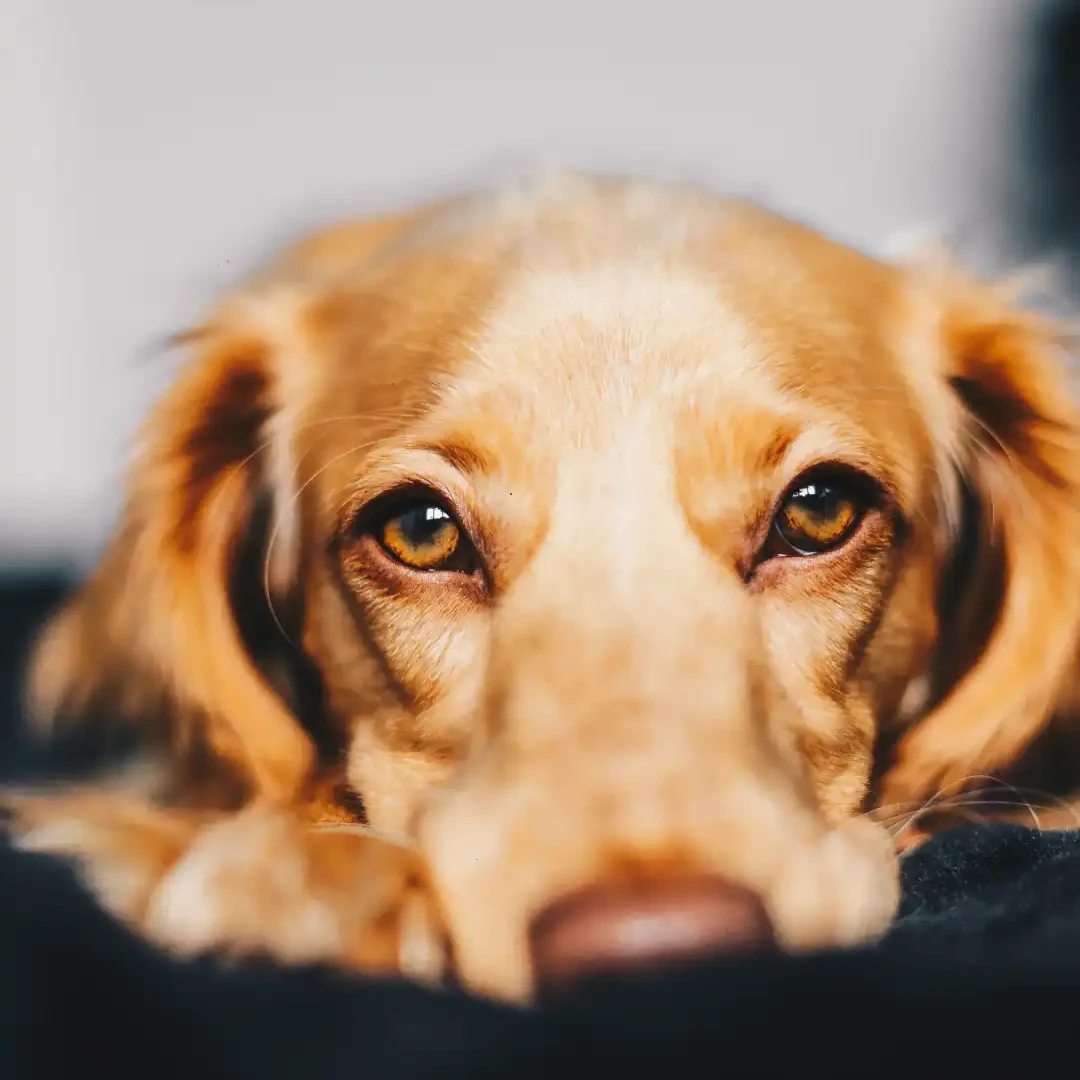
With dogs having a superior sense of smell to humans, it’s understandable that we overlook scent when looking at ways to calm them. But by surrounding your dog with familiar scents, the transition from old home to new will be a lot less stressful.
One trick is to take a cloth or towel and rub it over the dog’s belly. Not only can you then place it in the dog’s moving crate, you can also rub it over the bottom of the furniture in your new home. This helps the dog see it as their new territory.
Alternatively, you could opt for an artificial pheromone. Ask your vet for a recommendation, and spray them in your dog's spaces (crates, their dog bed etc).
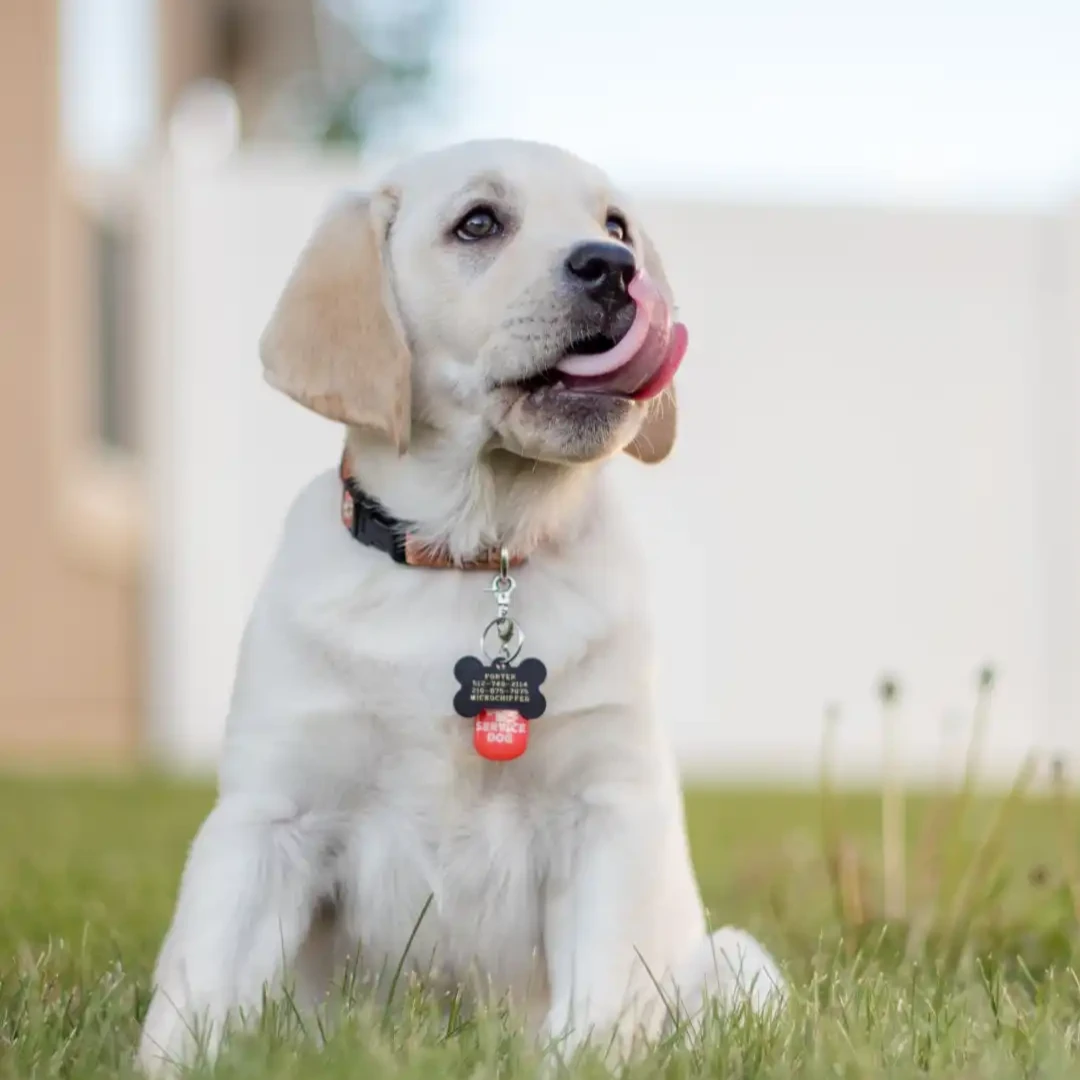
Even if your dog is unlikely to try and get away, updating their identification is a crucial part of moving an animal. If anything does happen, you want to be reunited with them as soon as possible.
Firstly, update your dog’s microchip by letting the relevant company know your new address. Also use this opportunity to check that the recorded phone number is correct. Secondly, you will need some new tags for your dog with your updated information.
If you are not moving particularly far away, there is also a chance that your dog may try to run back to your old home. Take the time to warn your neighbours, as well as the person moving into your old house. Give them both your phone number just in case.
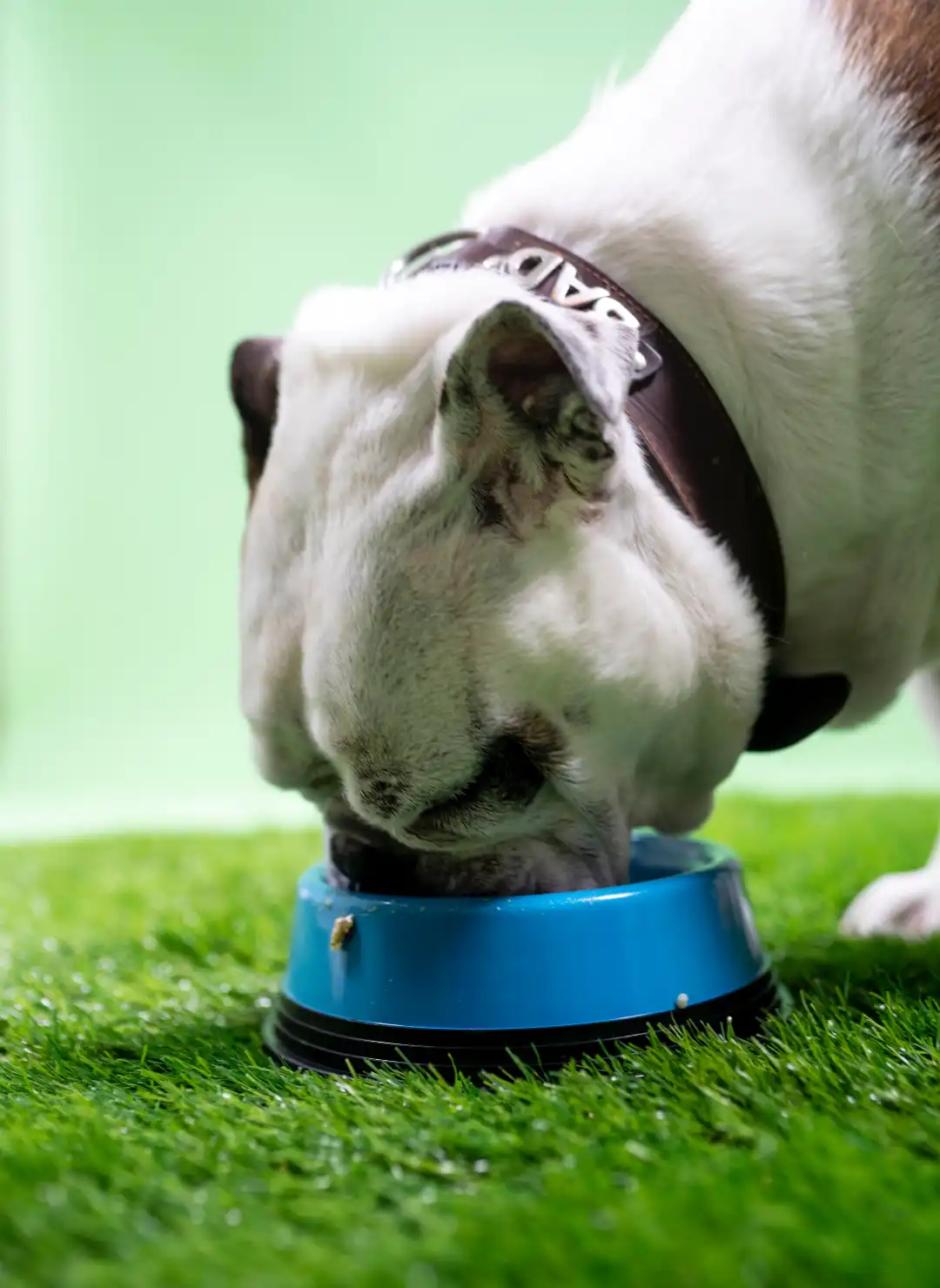
One of the best ways to help your dog feel more at ease in a new location is to maintain their usual routine as much as possible. Even small things like similar meals and walk times. These can do wonders in allowing your dog to settle into their new surroundings.
Be prepared for your dog to take longer on walks, exploring their new neighbourhood. Avoid punishment if they do have an accident, this will only exacerbate their stress. Instead, praise them when they follow the rules and reward their good behaviour.
Do your best to feed them at the same time as you would have in your old place. If you would have fed them in your kitchen previously, then do the same now.
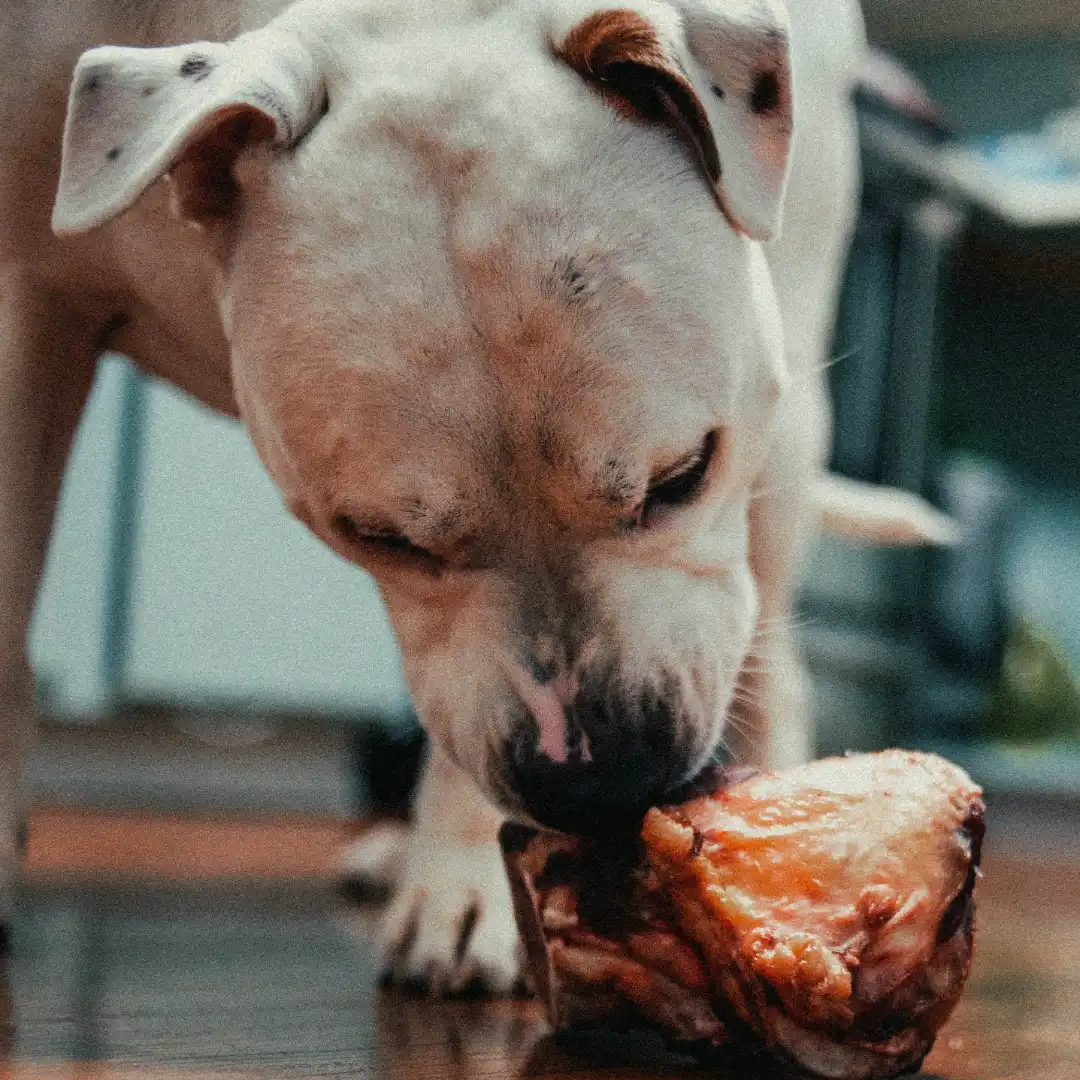
Make sure that your dog enjoys this time as much as they possibly can. Try taking them to their favourite dog park, get them a new dog bed, or pick up their favourite food.
For those unlucky enough to have a puppy when moving, try and utilise this time to bond with them.
Spend as much of your free time between organising your move, with them.